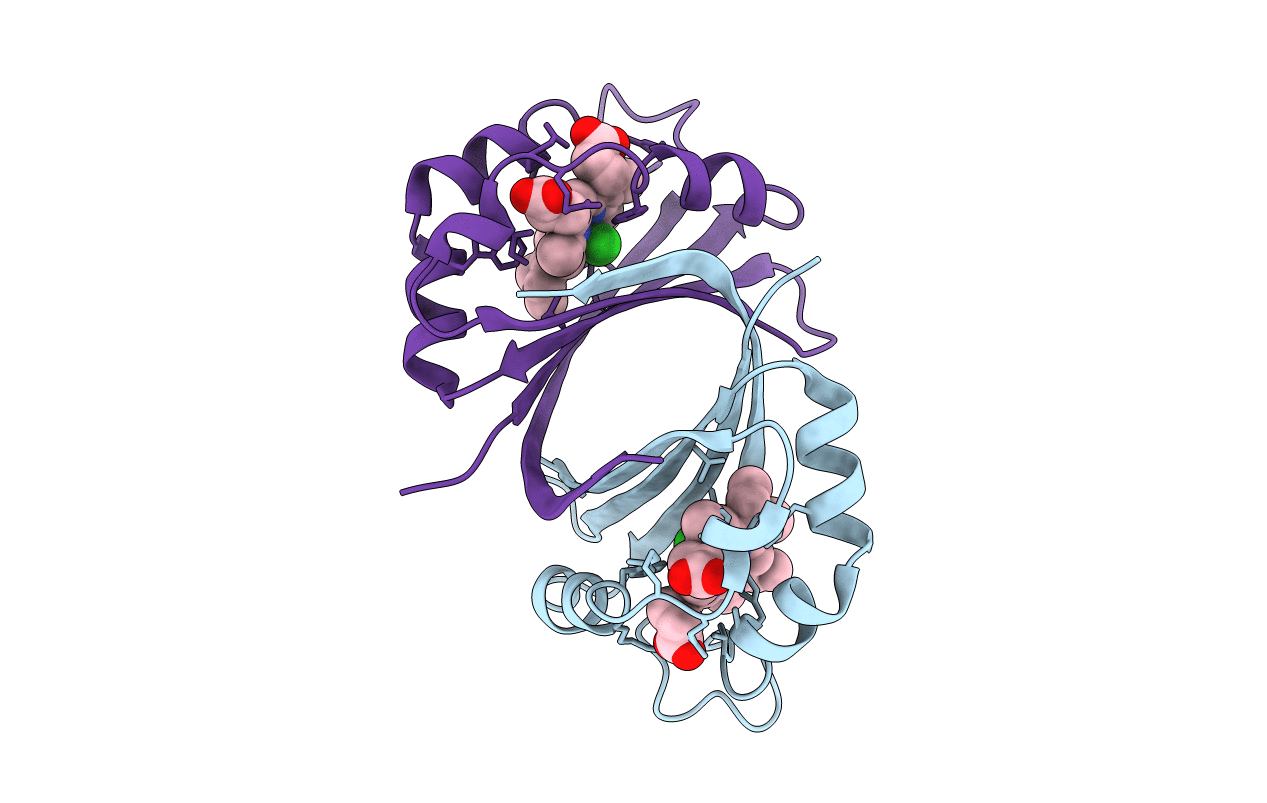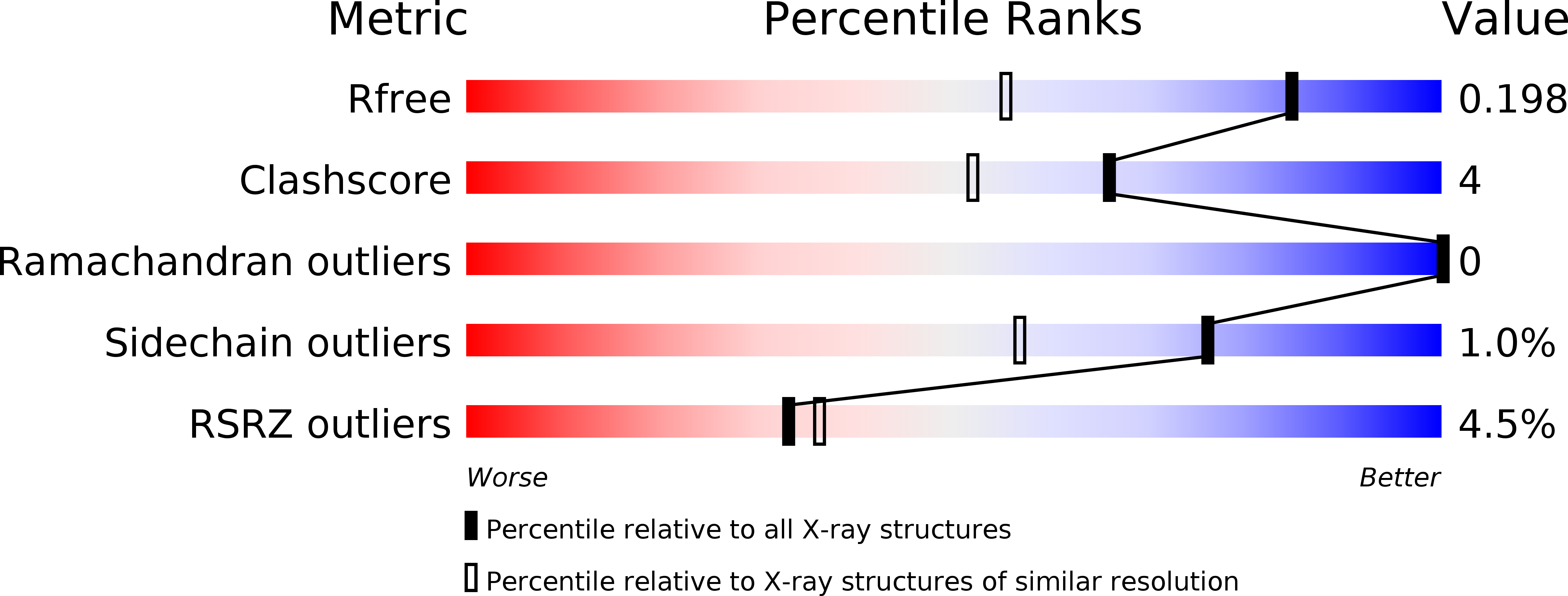
Deposition Date
2007-11-27
Release Date
2008-08-19
Last Version Date
2023-11-01
Entry Detail
PDB ID:
2ZDP
Keywords:
Title:
Crystal structure of IsdI in complex with Cobalt protoporphyrin IX
Biological Source:
Source Organism:
Staphylococcus aureus (Taxon ID: 1280)
Host Organism:
Method Details:
Experimental Method:
Resolution:
1.50 Å
R-Value Free:
0.20
R-Value Work:
0.18
R-Value Observed:
0.18
Space Group:
P 1 21 1


